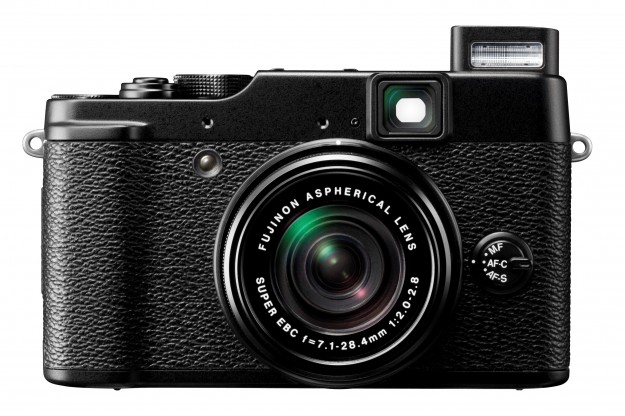 Last week, Fujifilm announced the X10, its new entry to the X-series and first camera to follow the infamous X100. Given the splash its predecessor made and cult-like following its inspired, we knew there were bound to be plenty of questions about the X10. Fujifilm passed along a few answers to some of the initial queries about its new throw-back digital camera – and now we’re sharing them with you.
Last week, Fujifilm announced the X10, its new entry to the X-series and first camera to follow the infamous X100. Given the splash its predecessor made and cult-like following its inspired, we knew there were bound to be plenty of questions about the X10. Fujifilm passed along a few answers to some of the initial queries about its new throw-back digital camera – and now we’re sharing them with you.
Q: Is there a neutral density filter built-in?
A: No.
Q: In HD video, is the whole sensor used, or a portion?
A: 16:9 aspect ratio of full sensor size is being used.
Q: Type of shutter?
A: Lens shutter (not a focal plane shutter like a DSLR [uses]).
Q: Length of barrel in telephoto zoom from body?
A: In the OFF position, the barrel protrudes 15/16”. At the WIDE (28mm) positions, it protrudes 1-5/8”. In the full extended TELE position, it protrudes 2-1/16”.
Q: High speed flash control?
A: Not available on the X10.
Q: Framing lines in viewfinder?
A: No.
Q: Magnification of viewfinder?
A: The viewfinder has zoom capability that synchronizes with the main zoom lens for the range of 28-112mm (4x).
Editors' Recommendations
- Fujifilm’s most-hyped camera has just started shipping
- The 5 best new GoPro Hero 10 Black features I love to use
- The best point-and-shoot cameras
- Sony A6100 vs. Fujfilm X-T200: Best beginner mirrorless cameras compared
- See how Fujifilm’s popular X100 camera has changed over the years


